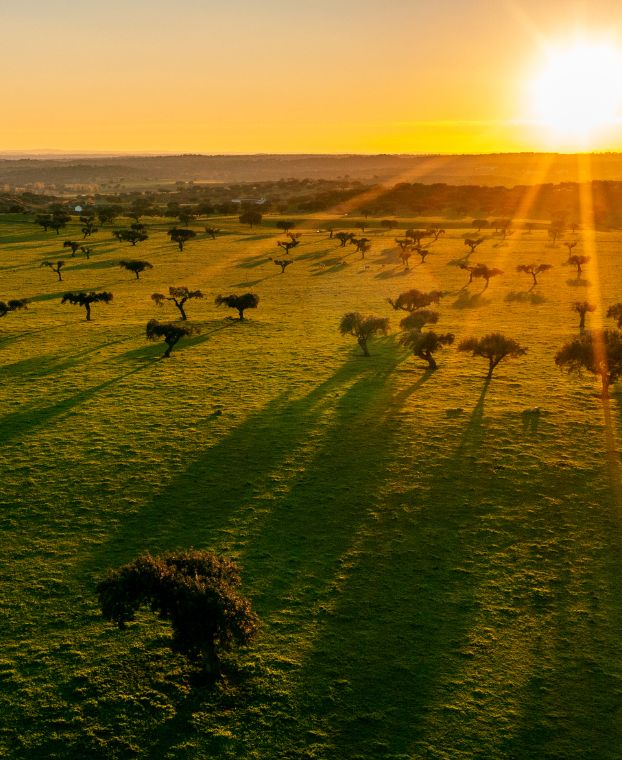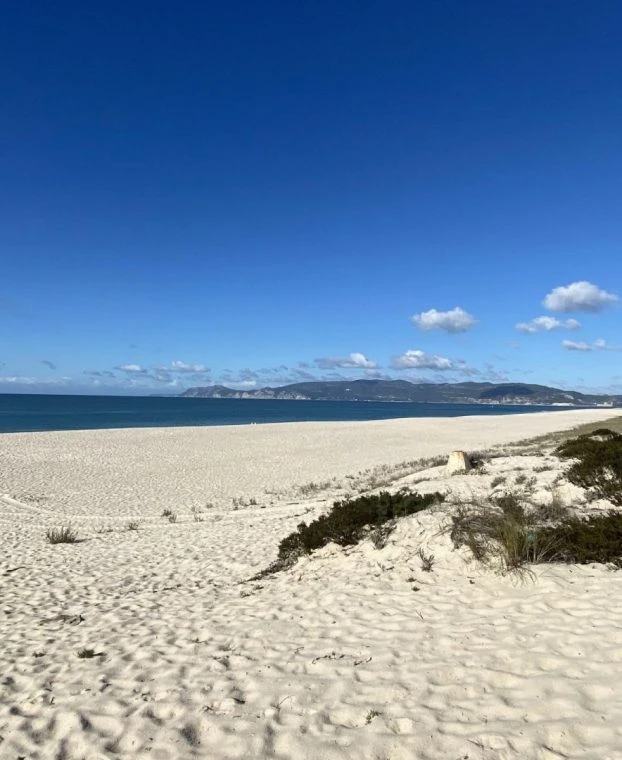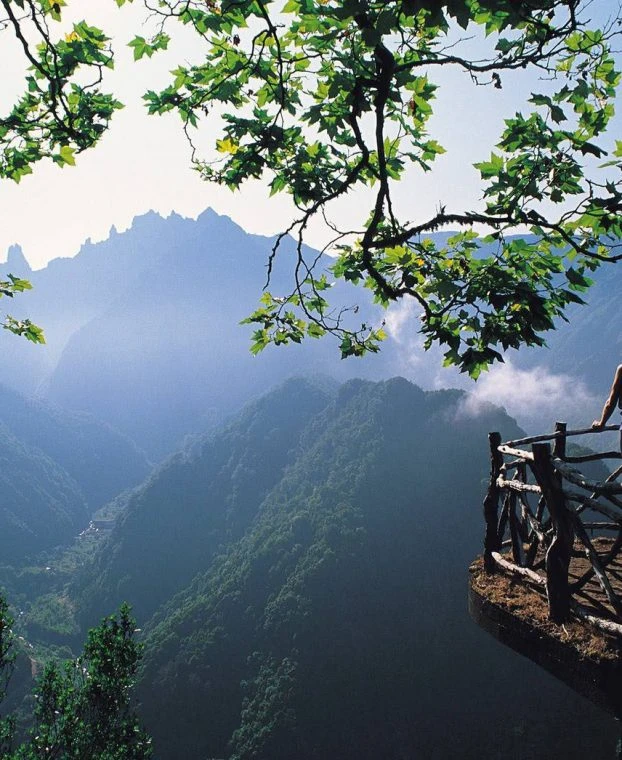North & Porto – natural and cultural diversity
The breathtaking landscape, fascinating medieval villages, historic castles, and mountain ranges with overwhelming natural beauty make the north of Portugal a mandatory destination to complete your visit to Portugal.
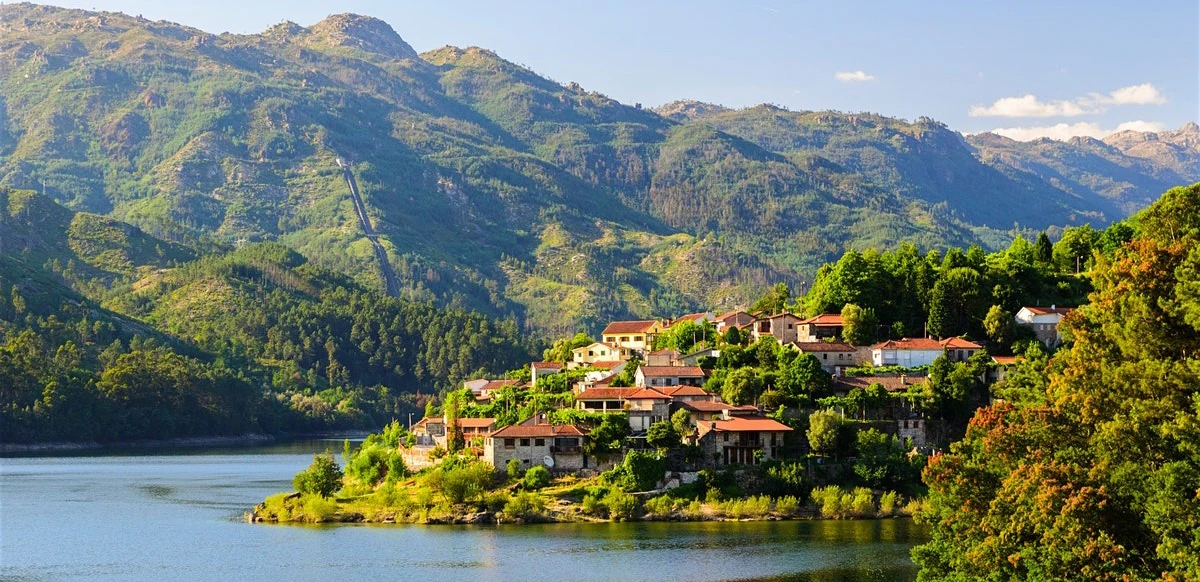
Portugal was founded in the 12th century in Oporto and the northern regions. The Portuguese became a people and a nation then.
The River Douro crosses the region and enters Portugal between the ravines and mountains of the interior to flow through the entire “World Heritage” landscape where the famous Port and Douro wines are produced. From there, the wine is sent to the lodges at Vila Nova de Gaia, while the cruises touring the region make their way upriver.
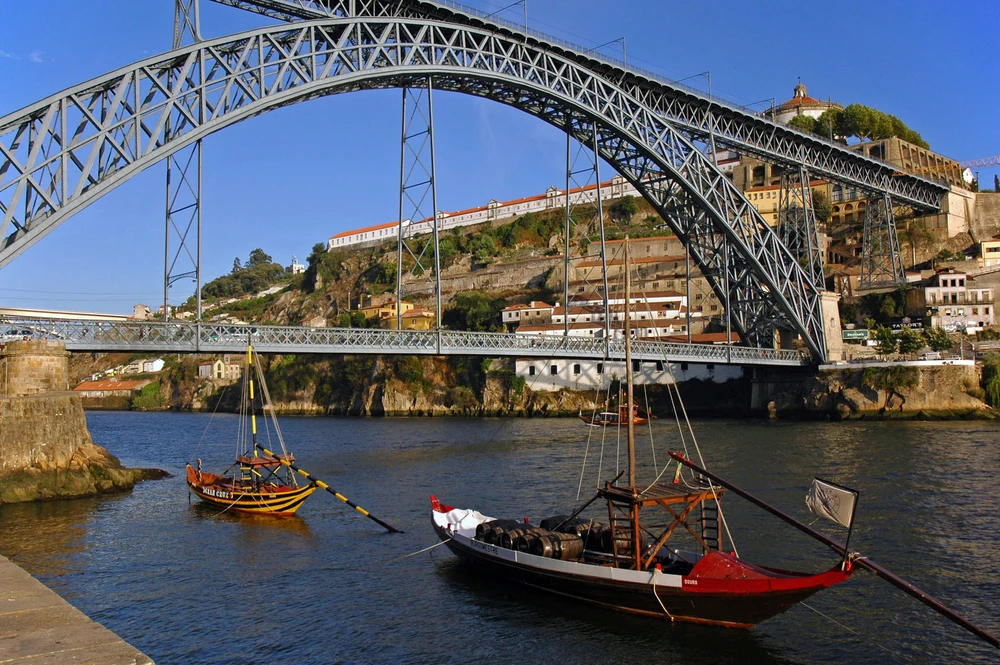
Porto is the second-largest city of Portugal, well known for its double-deck metal arch bridge, the narrow streets full of history, and the Bolhão market.
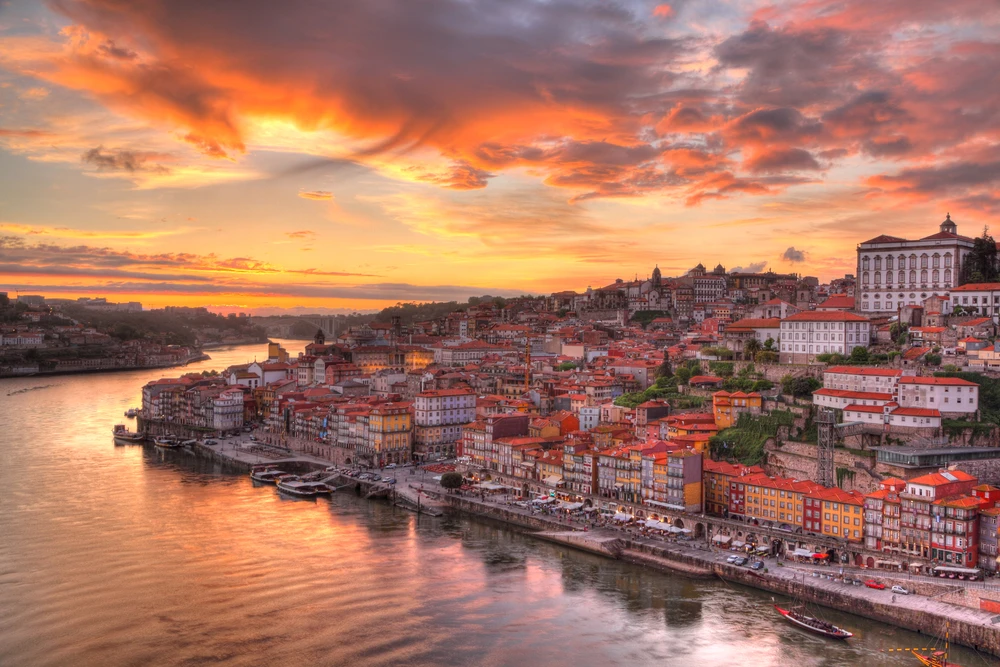
You must also discover:
Guimarães – the place where the first king of Portugal was born, is known as the birthplace of Portugal. The city has harmonious and well-preserved iconic monuments, historic relics, and flower-filled squares.
It was classified as a World Heritage site, based on the originality and authenticity applied in its restoration.
Viana do Castelo – one of the most beautiful cities in the north of Portugal, involved in the Portuguese Discoveries and, later on, in cod fishing, which shows its traditional connection to the sea.
Braga – is a lively city teeming with young people who study at its universities.
The Sé is the oldest cathedral in Portugal and was the major religious reference point throughout the centuries. Thus comes the popular saying “older than the Braga Sé”, to denote something that is extremely old.
Peneda-Geres – the National Park in the far northwest of Portugal, is the only Portuguese protected area classified as such. Vegetation grows surrounded by rivers and lakes, waterfalls, and dreamlike niches alongside shepherd trails or the ancient Roman roads. The region is the refuge of some of Europe’s last surviving great predators.
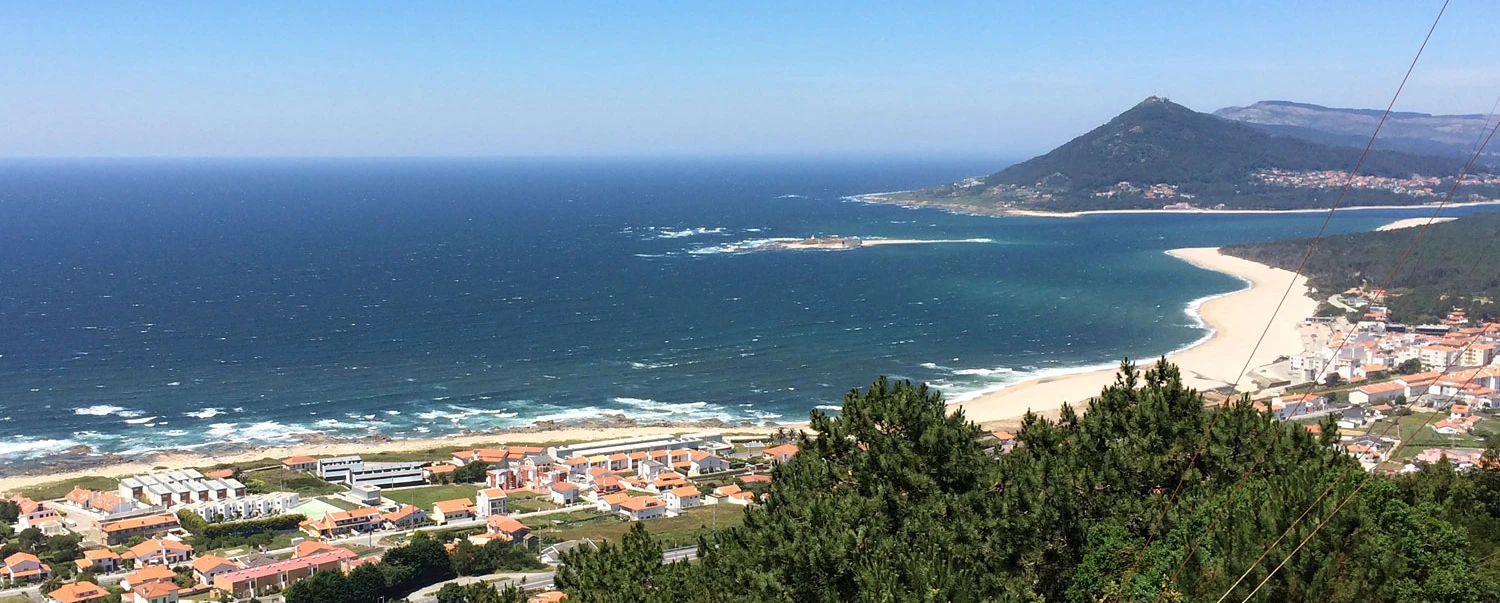
Guimarães emerged in the tenth century, even before Portugal was considered a country, hence known as the birthplace town. The spectacular monuments you can’t miss are the San Francisco Chapel and the Guimarães Castle.




